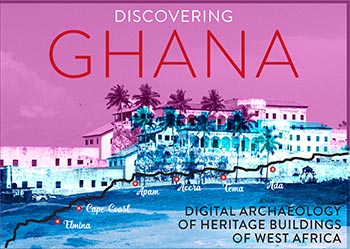
by Jiacheng Sun ’17
The historical structure that we are studying is Elmina castle, which was built by the Portuguese in the 15th century, and was the first European settlement on the African continent. A lot of slave castles built during colonial times in Ghana were either demolished or are in poor condition due to lack of preservation. The Atlantic wind and rain are definitely not helping to make this situation better, and a lot of effort has been made by archeologists to repair and reconstruct those structures.
For our work, figuring out the construction technique and structural significance of different elements of the architecture would serve as a useful resource for future restoration work on the castle. Restoring the castle has a significant meaning because the castle serves as a concrete eyewitness for the intolerable dark history that occurred on this continent, and this helps people to avoid making the same mistake again. I am extremely grateful to be able to participate in the study of this castle, and it makes me really happy to be included in working to preserve a part of history.
I took lots of photos of plants inside of some of the abandoned slave castles, and noted that lots of fractured structures are actually held up by the roots of the plants. As a result, some of the structures we see would not exist if not for those plants. The plant formations have become an integral part of a lot of slave castles today.
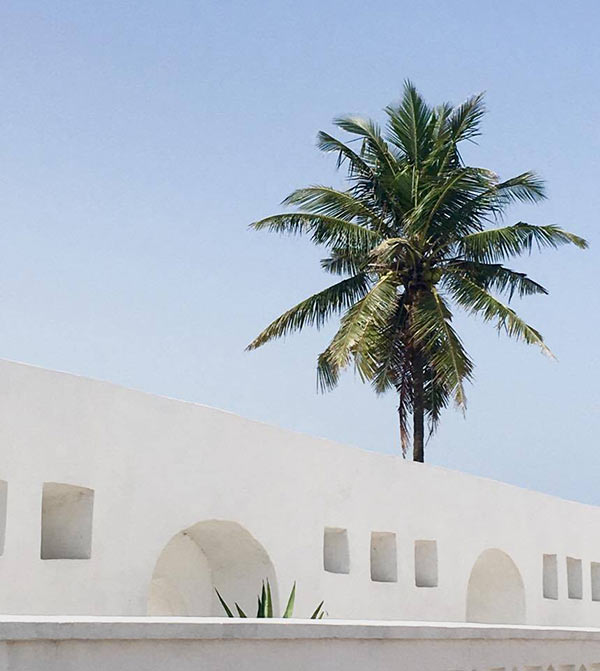
The plant formations within the slave castles also possess an interesting dynamic with the city in which the castles are found. Numerous slave castles are located in the old town of Accra, where local occupants are fighting for living space amid the fast gentrification of the metropolitan area. As a result, plants are rare in the old town.
However, the high walls of the slave castles created an asylum for nature and preserved the vegetation that was indigenous to the metropolitan area. The Ussher fort, for example, functioned as a prison up until the 1980s. It not only served to isolate prisoners from the outside world, but also froze time and space for nature, and walking through the fort really feels like entering a timeless place.
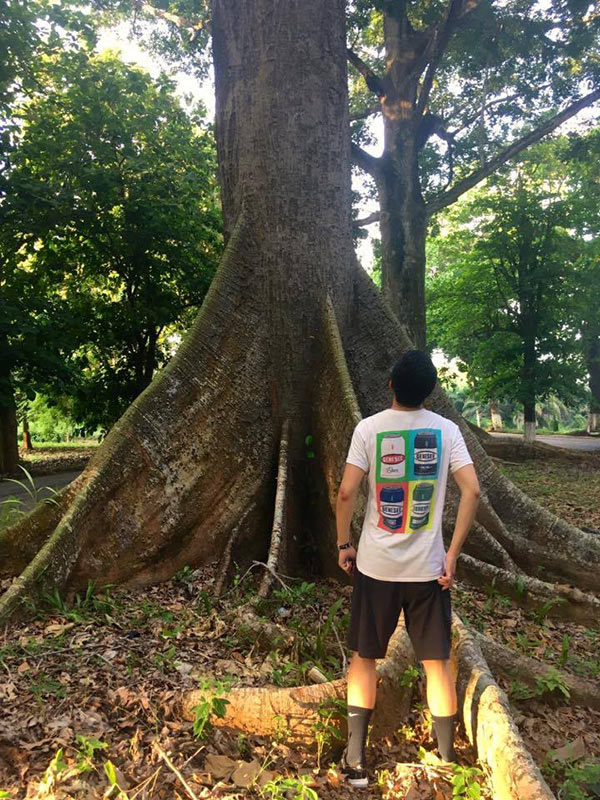
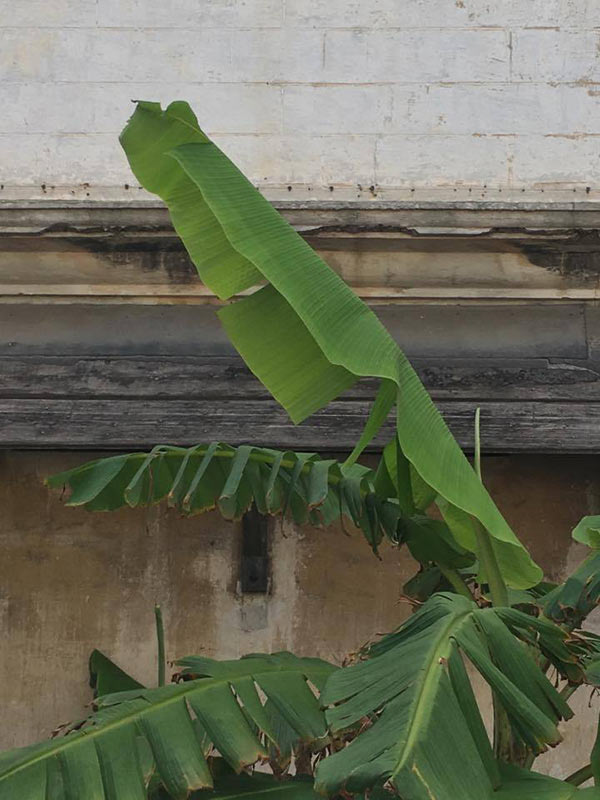
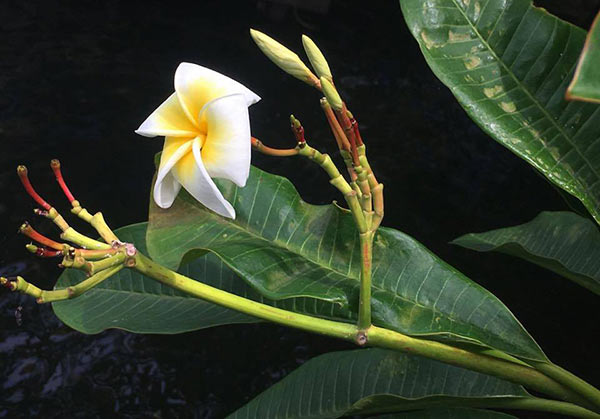
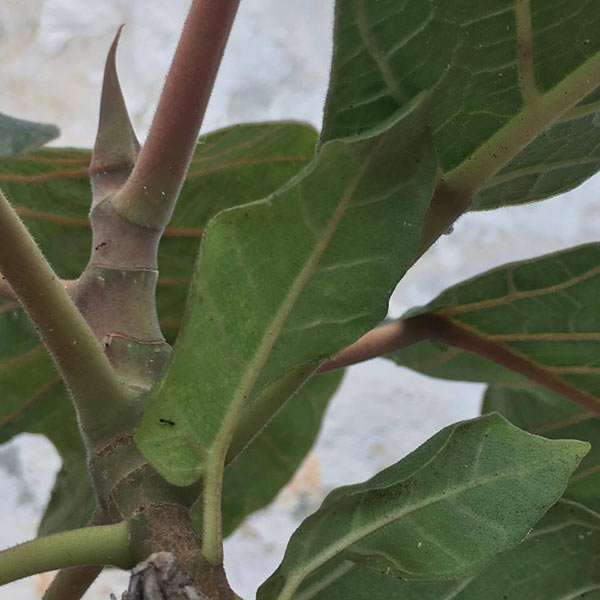
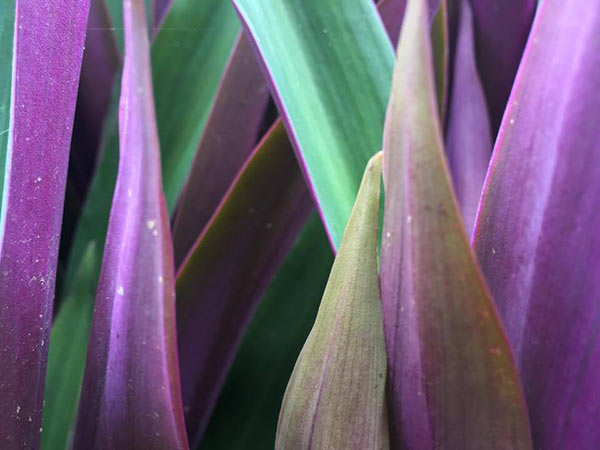
In certain aspects, the slave castles provide an example of how architecture can provide an escape for nature and time from external industrialization. This is why it is so important to retain the space of those castles. The time, stories, and history that were frozen in those spaces help people see through time to the past, and to the mistakes their ancestors made, and make sure things like this in any modern form never happens again.
 Jiacheng Sun, ’17, a mechanical engineering major, is participating in the field school to apply and expand his CAD (computer-aided design) skills to archeological research, which is “one of the fields that I have always been passionate about and have never had time to study,” he says. “I am hoping to contribute my knowledge in mechanical engineering to explaining the structural purposes of elements of the architecture, and at the same time learn from the design and the construction of the structure.”
Jiacheng Sun, ’17, a mechanical engineering major, is participating in the field school to apply and expand his CAD (computer-aided design) skills to archeological research, which is “one of the fields that I have always been passionate about and have never had time to study,” he says. “I am hoping to contribute my knowledge in mechanical engineering to explaining the structural purposes of elements of the architecture, and at the same time learn from the design and the construction of the structure.”
“I see this trip as an experience for me to get to know another culture. I also find it interesting to see how historical architecture relates to the local community around it.”
Eight University of Rochester students are participating in a field school in Ghana this summer, studying historic coastal forts built as early as the 15th century. Led by Professors Renato Perucchio, Michael Jarvis, and Chris Muir and teaching assistant William Green, the students are studying the engineering, historical, and cultural aspects of these structures, visiting other points of interest in Ghana, and sharing their experiences in this blog.
